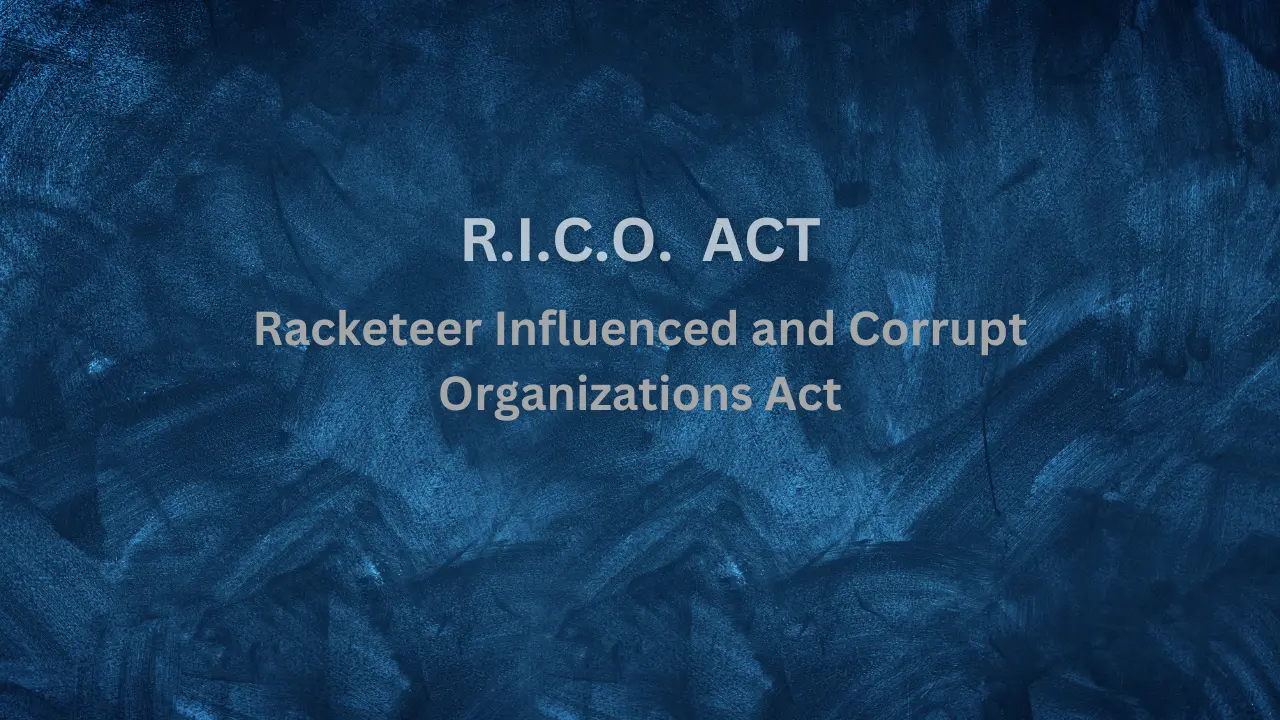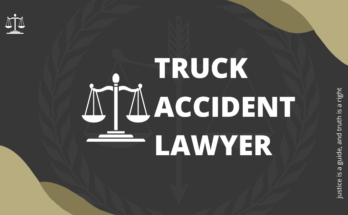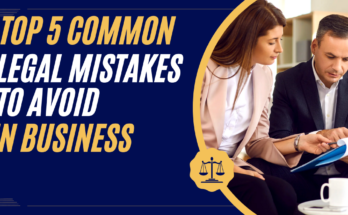What is RICO Law? Understanding the Racketeer Influenced and Corrupt Organizations Act: The Racketeer Influenced and Corrupt Organizations Act, commonly referred to as RICO, is a powerful tool in U.S. federal law to prosecute organized crime. Whether you’ve seen it in a police report or heard it on the news, the RICO Act has become an important piece of legislation in the fight against criminal enterprises. But what exactly is the RICO statute, how does it work, and why is it so important? In this article, we explain everything you need to know about RICO, from its origins to its modern applications.
What is RICO? A Basic Overview
RICO stands for the Racketeer Influenced and Corrupt Organizations Act, a federal law passed in 1970. It was originally created as part of the Organized Crime Control Act and was designed to dismantle organized crime syndicates such as the Mafia. RICO allows prosecutors to prosecute individuals who are part of a larger criminal enterprise, even if they did not personally commit all of the crimes involved.
The law targets racketeering activities, which include a wide range of crimes such as murder, bribery, kidnapping, drug trafficking, and even economic crimes such as fraud and money laundering. Under RICO, individuals involved in these activities can be charged if they are convicted of participating in or conspiring with others in a criminal organization.
Key Elements of RICO
To fully understand what RICO means, it is important to understand its key elements. Here are the key elements of a RICO violation:
1. Criminal Enterprise
A group or organization that engages in illegal activities is considered a criminal enterprise under RICO. These can range from street gangs to multinational corporations that engage in illegal activities.
2. Pattern of Extortion Activity
An extortion scheme involves the commission of at least two felonies over a ten-year period. These crimes, called predicate offenses, can range from violent crimes to financial crimes.
3. Participation in the Enterprise
For a person to be prosecuted under RICO, he or she must participate in the criminal enterprise either by committing crimes or by assisting others in their illegal activities.
4. Nexus of Crime and Economy
The crimes must be related to the goals of the enterprise, i.e., h. the crimes benefit the organization or are part of its business activities.
How the RICO Act Works
The RICO Act allows prosecutors to prosecute entire organizations rather than just individuals. Rather than charging an individual with a specific crime, the RICO Act allows an entire group to be prosecuted based on their collective criminal behavior. This makes it easier to dismantle large criminal networks.
Here’s how the process generally works:
- Investigations: Law enforcement conducts in-depth investigations into criminal enterprises and gathers evidence of racketeering activities.
- Indictment: Once enough evidence is gathered, prosecutors file RICO charges against the individuals and organizations involved.
- Trial: In a RICO trial, prosecutors must prove that defendants were part of a criminal enterprise and engaged in racketeering activities.
- Conviction: If convicted, defendants face severe penalties, including lengthy prison sentences, large fines, and forfeiture of property obtained through illegal means.
Why is the RICO Act so powerful?
The strength of the RICO Act lies in its ability to hold all members of a criminal organization accountable, not just the person who physically commits a crime. For example, under RICO, a gang leader who orders a murder can be charged with murder even if he did not pull the trigger himself. This law is a game changer in the fight against organized crime because it allows prosecutors to dismantle entire organizations from the top down.
In addition, the RICO Act contains civil rights provisions, meaning that victims of crime can file lawsuits seeking damages. This dual purpose makes RICO a unique and powerful tool for both criminal and civil justice.
Historical Impact of RICO
Since its passage in 1970, RICO has been used in many high-profile cases, including against organized crime families, corrupt politicians, and corporate fraudsters. Notable cases include:
The Mafia
In the 1980s, RICO played a significant role in the prosecution of mob bosses such as John Gotti, the notorious boss of the Gambino crime family. RICO allowed prosecutors to convict Gotti of ordering murders and running a large-scale criminal enterprise.
Enron
In the business world, RICO was used to target companies involved in large-scale fraud. One of the most famous cases was the one against the energy company Enron, which went bankrupt in 2001 due to widespread fraud. RICO charges were brought against the top executives who orchestrated the company’s downfall.
Street Gangs
RICO has also been used to prosecute street gangs, particularly in drug trafficking and violent crime cases. By charging gang members as part of a criminal organization, prosecutors can take down entire gangs in a single case.
RICO in Modern Times
In recent years, RICO has expanded beyond traditional organized crime. Prosecutors are now using it to target a variety of criminal enterprises, including human trafficking rings, cybercriminals, and even politicians involved in corrupt activities.
For example, RICO has been used to prosecute pharmaceutical companies involved in the opioid crisis. Several executives have been indicted for fueling the epidemic by knowingly distributing highly addictive drugs.
Criticism and Controversy
While RICO is an important tool in the fight against organized crime, it has also been criticized. Some argue that the law is too broad and could be misused to target individuals who are not deeply involved in criminal organizations. Others argue that the harsh penalties associated with RICO can lead to unfair outcomes, particularly in cases where defendants have little involvement in the crimes.
Despite these criticisms, RICO remains a cornerstone of U.S. federal law and continues to be used in the fight against crime.
Conclusion
RICO is one of the most effective weapons in the federal government’s arsenal for combating organized crime. By allowing prosecutors to target entire criminal enterprises, RICO has revolutionized the way law enforcement goes after everything from mafia families to corporate fraudsters. While not without controversy, its profound impact on the criminal justice system is undeniable.



